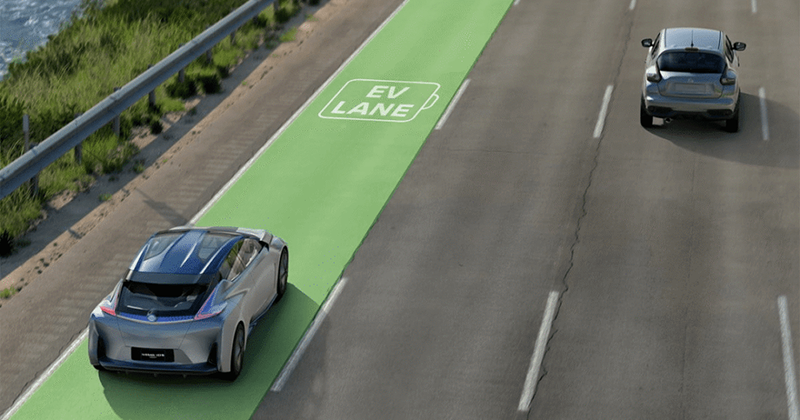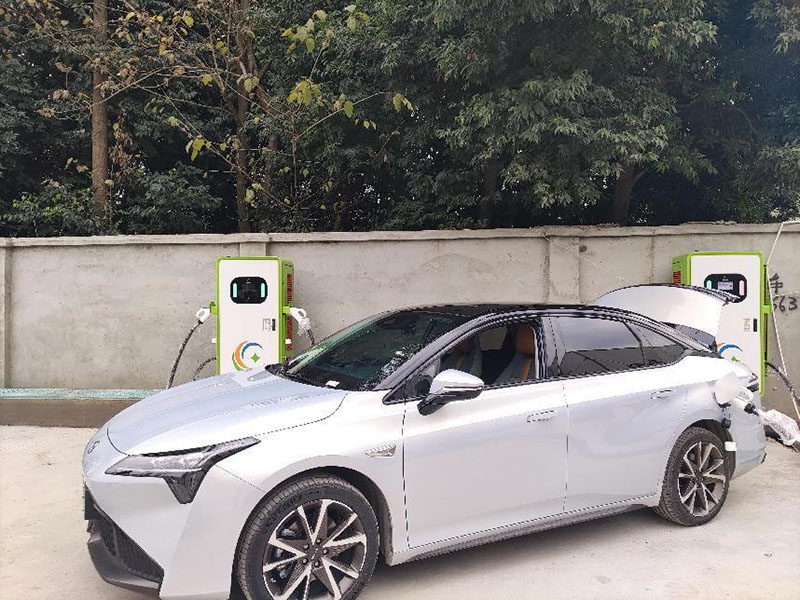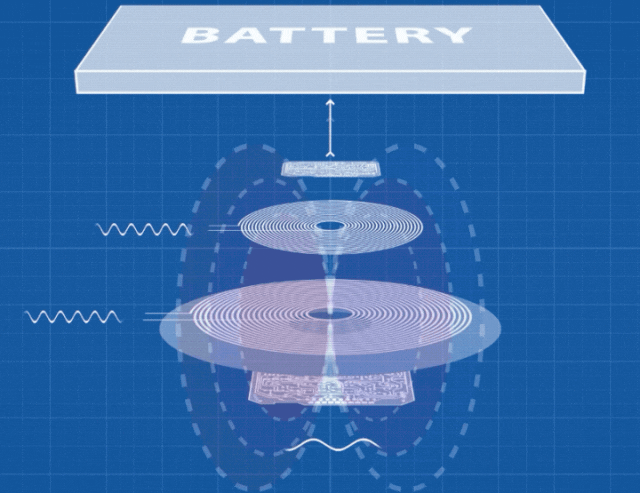Musk once said that compared with super charging stations with 250 kilowatt and 350 kilowatt power, wireless charging of electric vehicles is “inefficient and incompetent.” The implication is that wireless charging will not be deployed in the short term.
But not long after the words fell, Tesla announced the acquisition of Wiferion, a German wireless charging company, for a price as high as US$76 million, about 540 million yuan. Founded in 2016, the company focuses on autonomous transportation systems and wireless charging solutions for industrial environments. The company has reportedly deployed more than 8,000 chargers in the industrial sector.
Unexpected, but also expected.
At a previous investor day, Rebecca Tinucci, Tesla’s head of global charging infrastructure, proposed the idea of potential wireless charging solutions for homes and workplaces. Think about it and understand that wireless charging is an indispensable part of the energy replenishment system and will mature sooner or later. Therefore, it is reasonable for Tesla to acquire Wiferion and get a seat in advance. Judging from public information, Wiferion technology is more used in industrial equipment and robots, and may be installed on Tesla’s car-making equipment or the humanoid robot “Optimus Prime” in the future.
Tesla is not alone. China, which maintains a global leadership in the field of electric vehicles, is also continuing to explore wireless charging technology. At the end of July 2023, on a 120-meter-long high-power dynamic wireless charging road in Changchun, Jilin, an unmanned new energy vehicle drove smoothly on a specially marked internal road. The dashboard in the car displayed “Charging”. middle”. According to calculations, the amount of electricity charged by a new energy vehicle after driving can allow it to continue driving for 1.3 kilometers. In January last year, Chengdu also opened China’s first wireless charging bus line.
In the new energy industry, Tesla has a demonstration effect. From integrated die-casting technology to 4680 large cylindrical battery cells, whether it is technology, technology or product innovation direction, every move is often regarded as a standard. Can this deployment of wireless charging technology for electric vehicles help mature this field and promote wireless charging technology into the homes of ordinary people?
Electromagnetic induction VS magnetic field resonance, which wireless charging technology is better?
In fact, wireless charging technology is not new, and there is no high technical threshold.
In principle, wireless charging is mostly electromagnetic induction power transmission, magnetic resonance power transmission, microwave power transmission, and electric field coupling wireless power transmission. Those used in automobile scenarios are generally electromagnetic induction type and magnetic field resonance type, which are divided into two types: static wireless charging and dynamic wireless charging. The first is the electromagnetic induction type, which usually includes two parts: a power supply coil and a power receiving coil. The former is installed on the road surface, and the latter is integrated on the car chassis. When the electric car drives to a designated location, the battery can be charged. Since energy is transmitted through a magnetic field, no wires are needed to connect, so no conductive contacts can be exposed.
At present, the above technology has been widely used for wireless charging of mobile phones, but the disadvantages are short transmission distance, strict location requirements, and large energy loss, so it may not be suitable for future cars. Even if the distance is increased from 1CM to 10CM, the energy transmission efficiency will drop from 80% to 60%, resulting in a waste of electrical energy. The magnetic field resonance wireless charging technology consists of a power supply, a transmitting panel, a vehicle receiving panel and a controller. When the power transmitting end of the power supply senses the electric energy of the car receiving end with the same resonant frequency, energy is transferred through the air through co-frequency resonance of the magnetic field.
If want to know more about this, please feel free to contact us.
Tel: +86 19113245382 (whatsAPP, wechat)
Email: sale04@cngreenscience.com
Post time: Jun-01-2024







